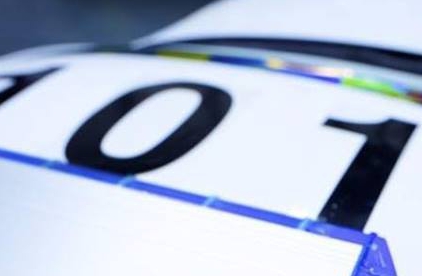
Monmouthshire Tories have hit back at claims an £8 million overspend facing the county council is a result of them failing to put enough money aside while in control.
Labour formed a new administration to run the council in May when it made gains at the local government elections that wiped out the previous Conservative majority.
But a report due to go before a council scrutiny committee next week (Tuesday, October 11) has outlined a predicted £8.8m overspend in the current financial year.
The report highlights longstanding areas of financial pressures common to many local authorities across Wales but the Labour cabinet member has also pointed the finger at the council’s previous Conservative leadership.
Councillor Rachel Garrick, who is responsible for resources, hit out at her predecessors and warned of “tough decisions” as it the council seeks to control its spending.
She said: “We have inherited low reserves from the previous Conservative administration. This has directly affected the way in which the council can withstand the current chaotic economic climate.
“We are working with officers to identify significant savings for the current financial year. Tough decisions will need to be made. We understand that we cannot spend money we do not have. We will work with all those who use and deliver our services to find new ways forward that protect our most vulnerable residents, our services and communities.”
Children’s services faces a £3.5m overspend blamed on an increasing number of high cost placements and continued use of agency staff while a “dramatic influx” requiring care has pushed adult social services over budget by £1.6m.
The council is also having to find £1.3m to provide for the homeless and says national policy changes haven’t been properly funded. It also expects to have to stump up and extra £2m in workforce pay having only budgeted for a 3.5 per cent increase.
But the claim the previous Conservative administration had failed to put enough money into reserves has prompted an angry response from the now opposition group.
Cllr Paul Pavia, who was the cabinet member for education before May’s elections, dismissed the comments and said it should be recognised the county had been placed at the bottom of the funding pile by the Labour government in Cardiff Bay.
He said: “The council’s reserves have remained stable for many years and are always scrupulously monitored and reported on by the chief financial officer to council.
“The fact of the matter is that Monmouthshire is the lowest funded local authority in Wales.
“As the previous administration, we had to be as innovative and entrepreneurial as we could possibly be to maximise every pound we received from Welsh Government to ensure services were delivered and maintained but to also keep council tax as low as possible.”
For the current financial year Monmouthshire received £112m in funding from the Welsh Government, meaning all 21 other authorities in Wales ranked above it in the funding award, despite it having received the biggest percentage incrase (11 per cent).
Welsh Government funding makes up the majority of a council’s finances with the rest having to be met through other grants and raised from council tax and fees and charges.
When the then Conservative controlled council set its current budget in March this year its general reserve stood at £8.9 million and was described as “within the range of four to six per cent of net revenue budget and considered to be at a prudent level.”
The general reserve forms part of the counci’s total reserves which increased from £18.1m at the end of March 2020 to £32.6m a year later, according to Welsh Government figures.
Cllr Pavia claimed neighbouring authorities hold greater reserves due to more favourable funding.
He said: “Our Labour neighbouring authorities are vastly better funded than we are, Blaenau Gwent has reserves of £85m, Newport has reverses of £108m and Caerphilly £180m. They are just the tip of the iceberg. Labour run Rhondda Cynon Taf has reserves of £250m.”
Blaenau Gwent was run by independent councillors for the 2021 period from which the figures are taken.

 West Midlands Ambulance study to trial lateral flow test for strokes
West Midlands Ambulance study to trial lateral flow test for strokes
 Former West Mercia officer dismissed after perverting the course of justice
Former West Mercia officer dismissed after perverting the course of justice
 Appeal to find missing Monmouthshire man
Appeal to find missing Monmouthshire man
 Herefordshire Lotto winners appear in iconic image
Herefordshire Lotto winners appear in iconic image
 School contracts worth over £1 million announced
School contracts worth over £1 million announced
 Emergency response exercise held just days before fire ripped through town centre
Emergency response exercise held just days before fire ripped through town centre
 Appeal following Leominster car theft
Appeal following Leominster car theft
 Abergavenny Fire: MP visits "devestating scene"
Abergavenny Fire: MP visits "devestating scene"
